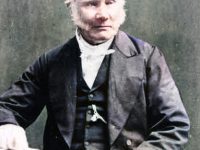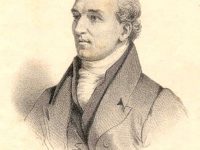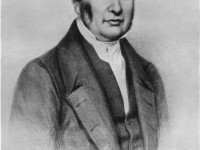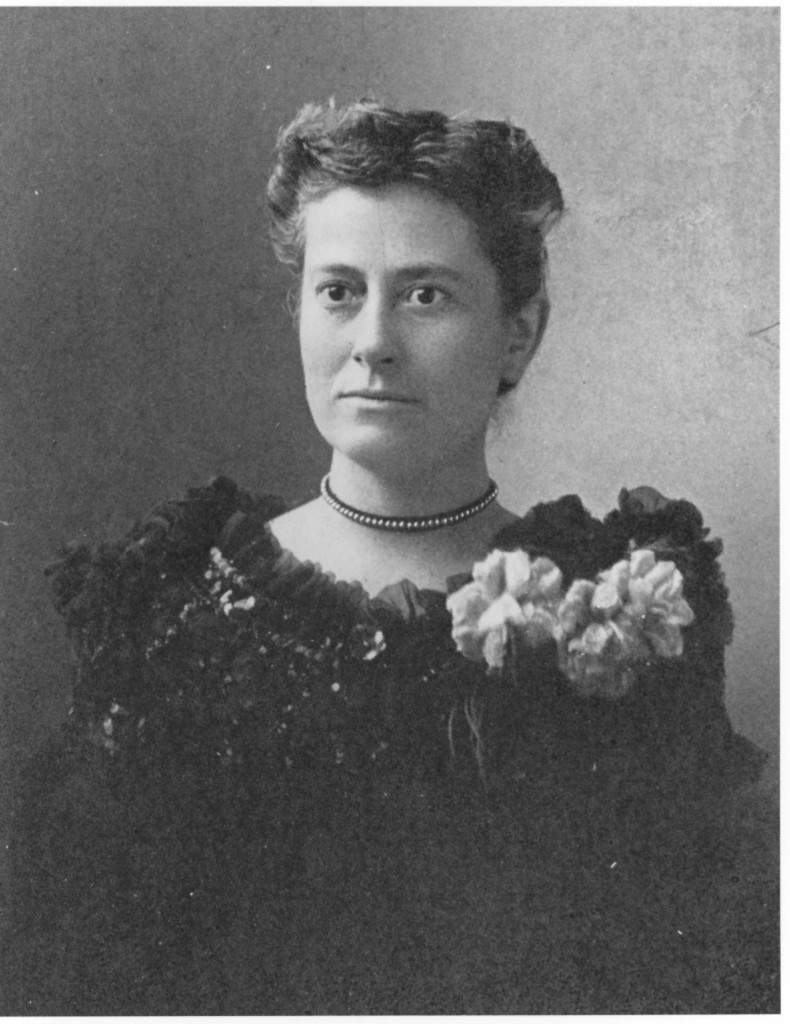
Williamina P. Fleming (1857-1911)
On May 15, 1857, Scottish astronomer Williamina Paton Fleming was born. She helped develop a common designation system for stars and catalogued thousands of stars and other astronomical phenomena. Fleming is especially noted for her discovery of the Horsehead Nebula in 1888.
Williamina Fleming – Early Years
Williamina Paton Fleming was born in Dundee, Scotland in 1857. She attended a public school and became a pupil-teacher when she was 14. She entered Harvard College Observatory as a copyist and computer as she found it useful to support herself even after her wedding with James Orr Fleming. At the observatory, scientists were in the development of a novel method of attacking astronomical problems. Professor Edward C. Pickering was back then the director of the observatory and he was in charge of celestial photography, which had been experimented with for several years. They placed a prism in front of the object-glass of the telescope, the spectra of all the brighter stars were obtained.
The first general photographic Classification of stellar Spectra
After working in the field for a while, Williamina Stevens Fleming was put in charge of the original examination of the photographic plates, their care and storage, and the classification of objects found upon them. It is believed that she immediately managed to make great contributions to the observatory’s work with her keenness of vision and a clear and logical mind. In the process, each photographic plate was safely stored, and at the same time made accessible, so as to be consulted readily at any moment. When a sufficient amount of material was at hand, the first general photographic classification of stellar spectra was undertaken, and was assigned to Williamina Stevens Fleming. She observed, in classifying these spectra, that while a large proportion of them fall in classes resembling a few typical stars, there are also many that are peculiar. By the presence of bright lines in their spectra, she discovered ten Novae, and more than three hundred stars that vary in light.
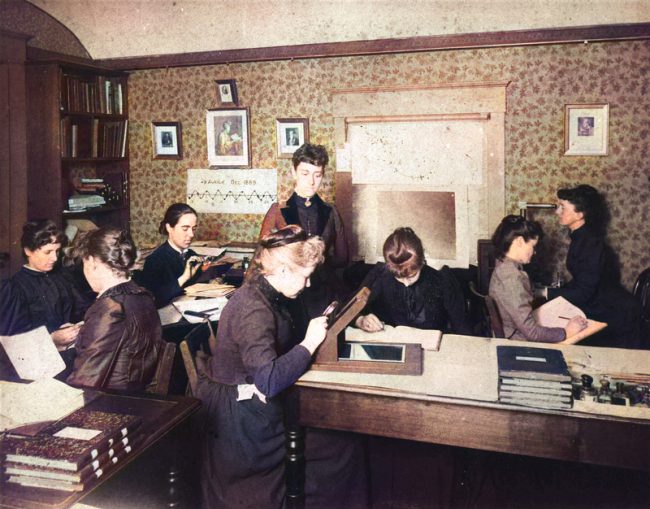
“Pickering’s Harem,” so-called, for the group of women computers at the Harvard College Observatory, who worked for the astronomer Edward Charles Pickering. The group included Harvard computer and astronomer Henrietta Swan Leavitt, Annie Jump Cannon, Williamina Fleming, and Antonia Maury.
Working in Pickering’s Harem
Williamina Stevens Fleming also found fifty-nine gaseous nebulae, ninety-one stars of the fifth type, Class O, and sixty-nine stars of the Orion type having bright hydrogen lines. She became interested in the red stars, whose spectra are of the fourth type, Class N, and appear very short on photographs taken with the objective-prism. In the publication ‘Photographic Study of Variable Stars‘, Williamina Fleming published the results of her work measuring the position and magnitude of sequences for observing two hundred and twenty-two of the variable stars she discovered. It is believed that most variables were found by the presence of bright hydrogen lines, traversing a banded spectrum of Class M. This combination of lines and bands, which she called Md, was always an object of interest to her, and was considered as a certain evidence of the star’s variability. However, to one of her most famous discoveries belongs the Horsehead Nebula, discovered in 1888. She described the nebula as having “a semicircular indentation 5 minutes in diameter 30 minutes south of Zeta Orionis.” William Henry Pickering, who had taken the photograph, speculated that the spot was dark obscuring matter. Unfortunately, the credit for the discovery belonged to Pickering (most likely Edward). When the second Index Catalogue by Dreyer in 1908 was released, Fleming along with other staff members at Harvard received proper credit for later object discoveries but not for earlier ones including the Horsehead Nebula.
Curator of Astronomical Photographs
Stevens Fleming was recognized by the Harvard Corporation in 1899 and she was given an official position on the observatory staff, titled as Curator of the Astronomical Photographs. She was placed in charge of probably dozens of women hired to do mathematical classifications. In 1906, she was made an honorary member of the Royal Astronomical Society of London, the first American woman to be so elected. Soon after, she was appointed honorary fellow in astronomy of Wellesley College. Shortly before her death, the Astronomical Society of Mexico awarded her the Guadalupe Almendaro medal for her discovery of new stars. Williamina Fleming published ‘A Photographic Study of Variable Stars‘ in 1907 and ‘Spectra and Photographic Magnitudes of Stars in Standard Regions‘ in 1911.
Later Years
Fleming came to the conclusion that astronomy was a suitable field of activity for women. In her article A Field For Woman’s Work in Astronomy she went into more detail about the work of herself and her colleagues at the observatory and tried to strengthen the motivation of women to become scientifically involved in astronomy. In 1906, she was made an honorary member of the Royal Astronomical Society of London, the first American woman to be so honored. Soon after she was appointed honorary fellow in astronomy of Wellesley College. Shortly before her death the Astronomical Society of Mexico awarded her the Guadalupe Almendaro medal for her discovery of new stars. Williamina P. Fleming died of pneumonia in Boston in 1911 at age 54.
Star Dust – Professor Carolin Crawford, [8]
References and Further Reading:
- [1] Williamina Fleming at Today in Science
- [2] Williamina Fleming at Britannica
- [3] Williamina Fleming at Women Astronomer
- [4] Henrietta Swan Leavitt and the Light of the Cepheids, SciHi Blog
- [5] Annie Jump Cannon and the Catalogue of Stars, SciHi Blog
- [6] Williamina Fleming at Wikidata
- [7] “Obituary Notice : Honorary Member : Fleming, Williamina Paton”. Monthly Notices of the Royal Astronomical Society. 72: 261. 1912.
- [8] Star Dust – Professor Carolin Crawford, Gresham College @ youtube
- [9] Cannon, Annie J. (November 1911). Williamina Paton Fleming. The Astrophysical Journal. 34: 314.
- [10] Natasha Geiling (18 September 2013). “The Women Who Mapped the Universe And Still Couldn’t Get Any Respect”. Smithsonian Magazine.
- [11] Alex McGrath (3 July 2017). “The First Computer: Williamina Fleming and the Horsehead Nebula”. Galactic Gazette.
- [12] Timeline of Harvard Computers, via DBpedia and Wikidata

